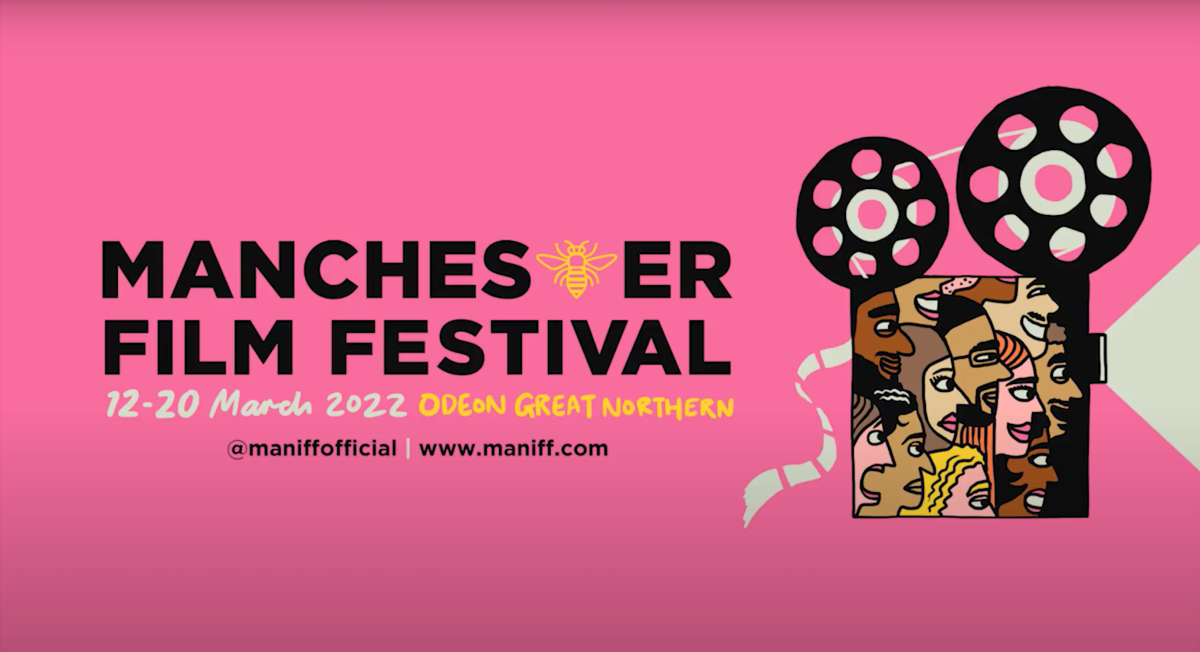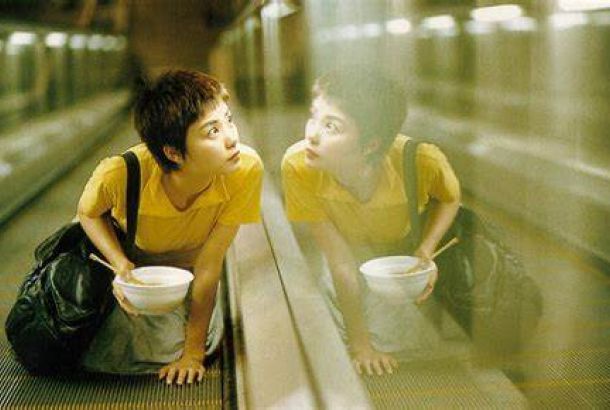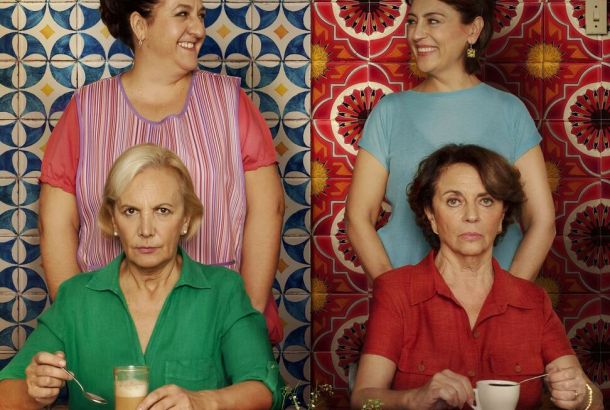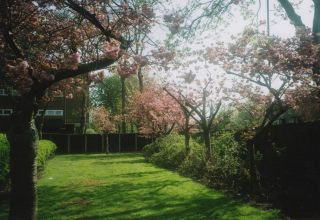MANIFF 2022: The Great Movement

The Great Movement is a Bolivian film, that much can be said for certain. To describe it by genre or style would do it a disservice as it eschews conventional labelling. At times the filmmaking is rapidly crosscutting in the style of Soviet Montage yet at others it has the contemplative pace of Slow Cinema. Similarly, its plot is initially social realist taking on ideas surrounding workers rights and strikes before it then moves into a story about nature, community healers and potential magic. Moreover, it emerges as though it is a film that is non-contemporary as it is shot entirely on Super 16mm film, giving it an almost found-footage quality. It is a fascinating film in its stylistic endeavour; moving from musical to docu-fiction in the space of two scenes is certainly an exciting prospect but ultimately this ambitious and bold filmmaking makes the story take a backseat.
Despite its use of amateur cameras, the shots are exquisitely composed and truly make the audience feel a part of the environment. As aforementioned, there is an almost documentary feel to some of the film’s sequences, in particular there is a latter sequence that focuses on images of food and money in the market streets of La Paz that is incredibly gripping and engaging. It alludes to ideas about the gig economy and the precarity of work yet has the energy of Third Cinema with a pulsating score that compels the audience to recognise the injustices. However, whilst this sequence and others are individually compelling, the connections amongst them are not executed strongly enough. The thematic parallels are clear but tonally the film moves about too much for the audience to settle. Perhaps this kind of discomfort is all a part of the mystery that is so evocatively conjured by images of dust and clouds that shroud the city in a misty haze but the sheer number of different aesthetics and tones leaves the viewer feeling themselves in a mystery as to the purpose of the film.
The filmmaking itself shows a lot of promise but perhaps a more focused story is required to reconcile the stylistic ambition on display. However, the film also needs to trust in its unique creative voice as at times it uses overly simple imagery to convey its message. It is hard not to recommend this film just for its visual experimentation but unfortunately as a film, there is a piece missing here – or perhaps a piece too many.
2.5/5.







